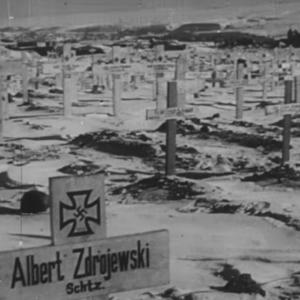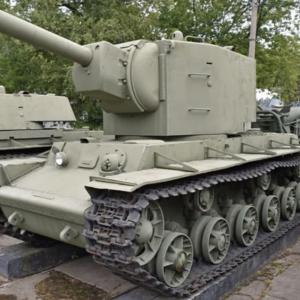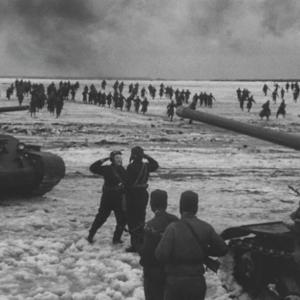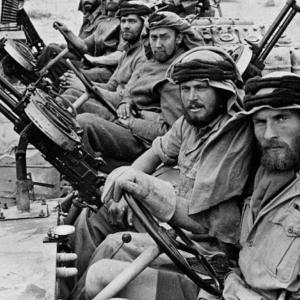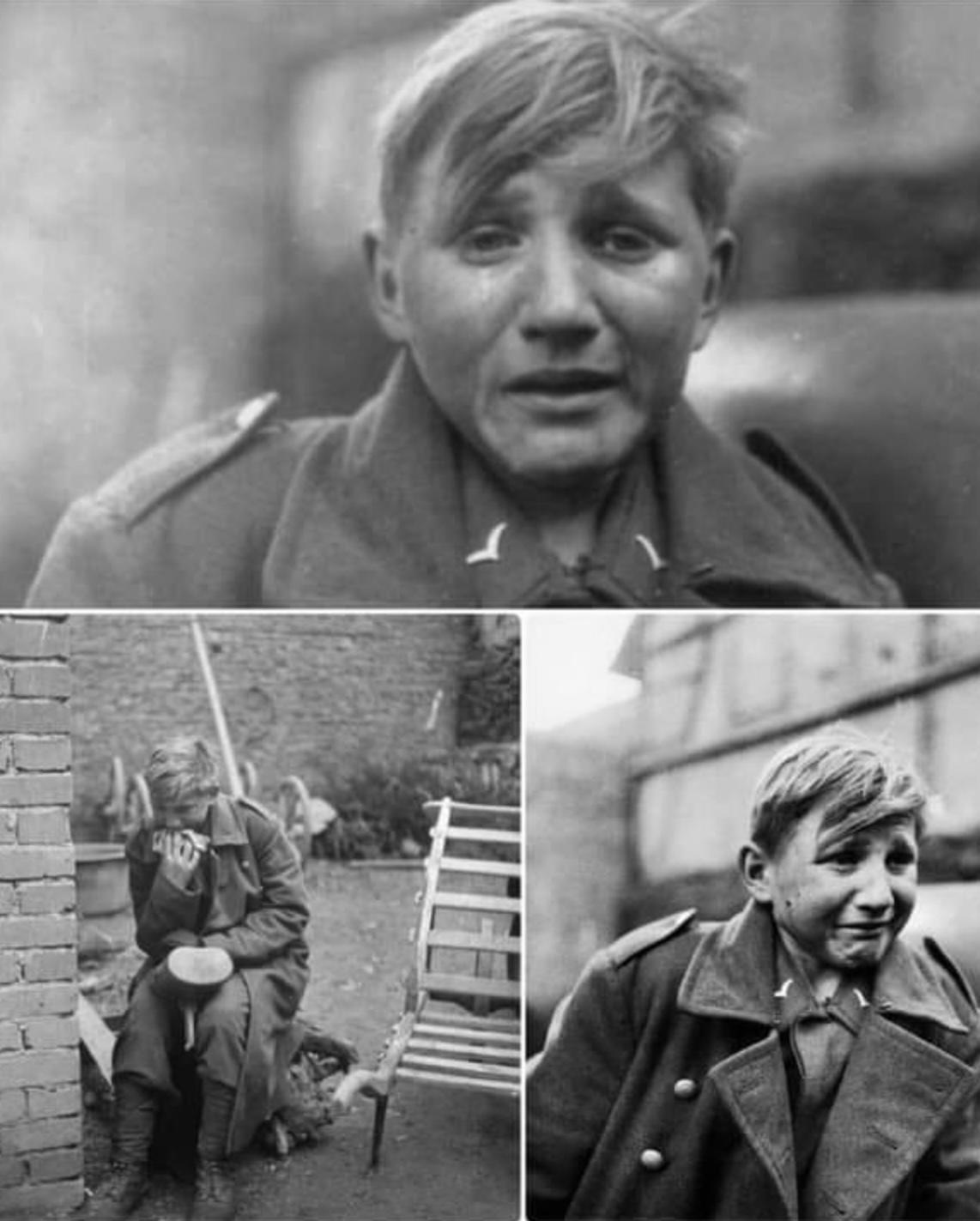
Conscription of 16 Year Olds
In the final years of the Second World War, as the German war machine faltered and the Eastern and Western fronts closed in, Nazi Germany began resorting to increasingly desperate measures to bolster its dwindling military ranks. One of the most telling signs of this desperation was the conscription of underage boys—some as young as 16—into military service in 1944. This drastic step was not a result of isolated policy decisions but stemmed from the broader collapse of German manpower and the ideological zeal that underpinned the Nazi regime.
The conscription of 16-year-olds became formalized under the directive of the Nazi leadership, particularly influenced by Adolf Hitler’s growing belief in the regenerative power of youth. Hitler Youth members had long been indoctrinated in the principles of sacrifice and loyalty to the Führer. As the situation at the front grew dire, these boys were seen as a last reservoir of potential fighters. While the original purpose of the Hitler Youth was to prepare young Germans ideologically and physically for future military service, by 1944, this preparation took on a grim immediacy. The Nazi leadership, with figures like Reichsjugendführer Artur Axmann overseeing the Hitler Youth, played key roles in pushing for the integration of these boys into combat units.
The process of selection was not haphazard but centrally organized. In many cases, Hitler Youth members were directly recruited into military formations, most notably into the Volkssturm, a national militia formed in October 1944. This force was ostensibly meant to defend the homeland and was composed of males between 16 and 60 who were not already serving in the Wehrmacht. The boys were often drawn from schools and youth camps, with local Nazi Party officials and Hitler Youth leaders overseeing their recruitment. In some instances, entire school classes were mobilized. The emphasis was less on military training and more on ideological readiness and physical fitness.
Training was minimal and often rushed. Most of these conscripted boys received only a few weeks—sometimes mere days—of instruction before being sent to the front. The training typically involved basic weapons handling, rudimentary tactics, and political indoctrination. There was little time for proper preparation, and many of these young soldiers went into battle lacking any real understanding of warfare. In some tragic cases, boys were given obsolete or inadequate weapons and thrust into positions with little hope of survival.
The roles these young conscripts played varied. Some were used as messengers, lookouts, or logistical support. However, as the fronts crumbled and the need for manpower became more acute, many were sent directly into combat. Notably, during the defense of Berlin in April 1945, teenage boys were heavily involved in the desperate last stand against the advancing Soviet forces. They manned anti-tank weapons, fought in street battles, and occupied hastily dug defensive positions. Others served in flak units, particularly in cities subjected to Allied bombing raids, where they operated anti-aircraft guns.
The cost in lives was devastating. These young soldiers, many of them barely out of childhood, were often the first to fall in battle. Lacking experience, proper equipment, and often placed in hopeless defensive positions, they were easy targets for seasoned Allied troops. Casualty rates among these underage conscripts were exceptionally high, especially in the final months of the war when the fighting was most brutal. Thousands of German boys died in the last year of the war, many without ever having the chance to truly understand what they were fighting for.
The families of these boys often had mixed reactions. Some, still loyal to the regime or swept up in the prevailing ideology, encouraged their sons' service and saw it as a patriotic duty. Others were terrified, aware of the reality of the front and the likelihood of death. As the war neared its end and the costs became clearer, more parents tried to hide their sons or prevent them from serving, though such actions risked harsh penalties from local Nazi officials. There were cases of families forging documents or fleeing cities to avoid conscription orders.
The operation to conscript and deploy these youths was overseen by various branches of the Nazi state, with coordination between the Hitler Youth organization, the Wehrmacht, and the Volkssturm leadership. Gauleiters—regional Nazi Party leaders—often played critical roles in mobilizing local populations, including schoolboys. In some cities, school principals and teachers were co-opted into the process, making the conscription of minors an institutionalized component of the collapsing Third Reich.
By early 1945, it was clear to most Germans that the war was lost, yet the regime continued to press children into service. This tragic episode underscores both the ideological fanaticism of the Nazi leadership and the horrific human cost of total war. The sight of teenage boys dying in the rubble of Berlin or the forests of the Eastern Front remains one of the most haunting images of the war’s final chapter.


